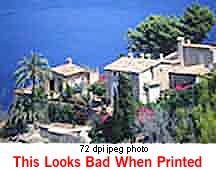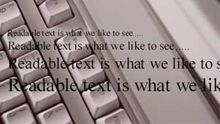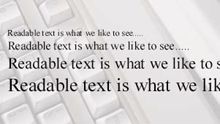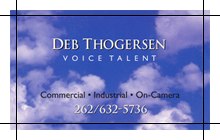
Your Online Source for 4-Color Business Cards

|
What types of images will work ok? If you are scanning the images yourself from photographs it is better to save them in either bmp, tif, or eps format. These image formats will preserve the color and sharpness of your pictures the best. File formats like gif or jpg compress the pictures color and pixel resolution and this can cause color shifts and blurriness. Since jpg and gif are the most predominant image formats on the web, it follows that it's not a good idea to simply lift an image from someone's website and use it in your layout.  You should scan your images using a resolution of 300dpi at the final dimensions you intend to use them so that your colors will look smooth, and hard objects will look sharp. In other words don't scan at 300dpi and then enlarge the picture by 200% in your layout program! This is another reason why you should not use images that are lifted from websites; they are probably only 72dpi in resolution and will look very blurry if printed on a printing press. If you are using pictures from your digital camera they will work just fine if they are jpgs; the quality of jpg images from digital cameras seems to be much better than jpgs that are used on the web. You must do the math to make sure that it is high enough in pixel resolution though. For instance, if your camera puts out a typical image of 1280 x 960 pixels at 72dpi you get about 17" x 13" of photograph (at 72dpi); this is the same amount of detail as an image which is 4" x 3" at 300dpi so it's safe to reduce or enlarge that image in Publisher up to about 4" x 3" in dimension. Do I need to send you my fonts? If you use only the fonts that came with MS Publisher then no. We have them here too. But if you use any other fonts from other sources then we do need you to gather up copies of them and archive them together using a program like Winzip and send them to us with your layout file. If you don't know how to do this then just carefully go through your document and make a list of the fonts used. Send that list to us in an email along with your order reference number so that we can find good substitutes for your typefaces. Will my printed piece look exactly like it does on my computer monitor?
Can I put text over an image? Be careful about using photographs for backgrounds. If you put text (any color) on top it can be very hard to read. So the secret is to lighten the photograph a lot--more than you may think is necessary. Use a photo editing program like Paint Shop Pro or Adobe PhotoDeluxe. 

What are bleeds, and do I need them?  Bleed is the term for printing that goes right to the edge of the paper. The way to do this is to make your document .25" too big in both dimensions. For instance, if the final size is 2" x 3.5" then make your document 2.25" x3.75". Draw guides on the layout that are .125" from the edge all the way around. Now create your design with the idea that the layout will be cut off where those guides are....because that is precisely what is going to happen. Make sure that any photographs or backgrounds that you want to bleed go clear out to the perimeter of the document, past the guidelines. Then after we have printed your piece we will trim off that extra .125" all the way around and voila! You have color all the way to the edges of your piece. It looks professional....
info@4BizCards.com All other trademarks are the sole property of their respective owner. | |||||||||||||||